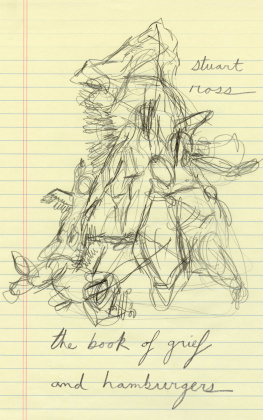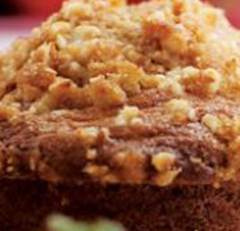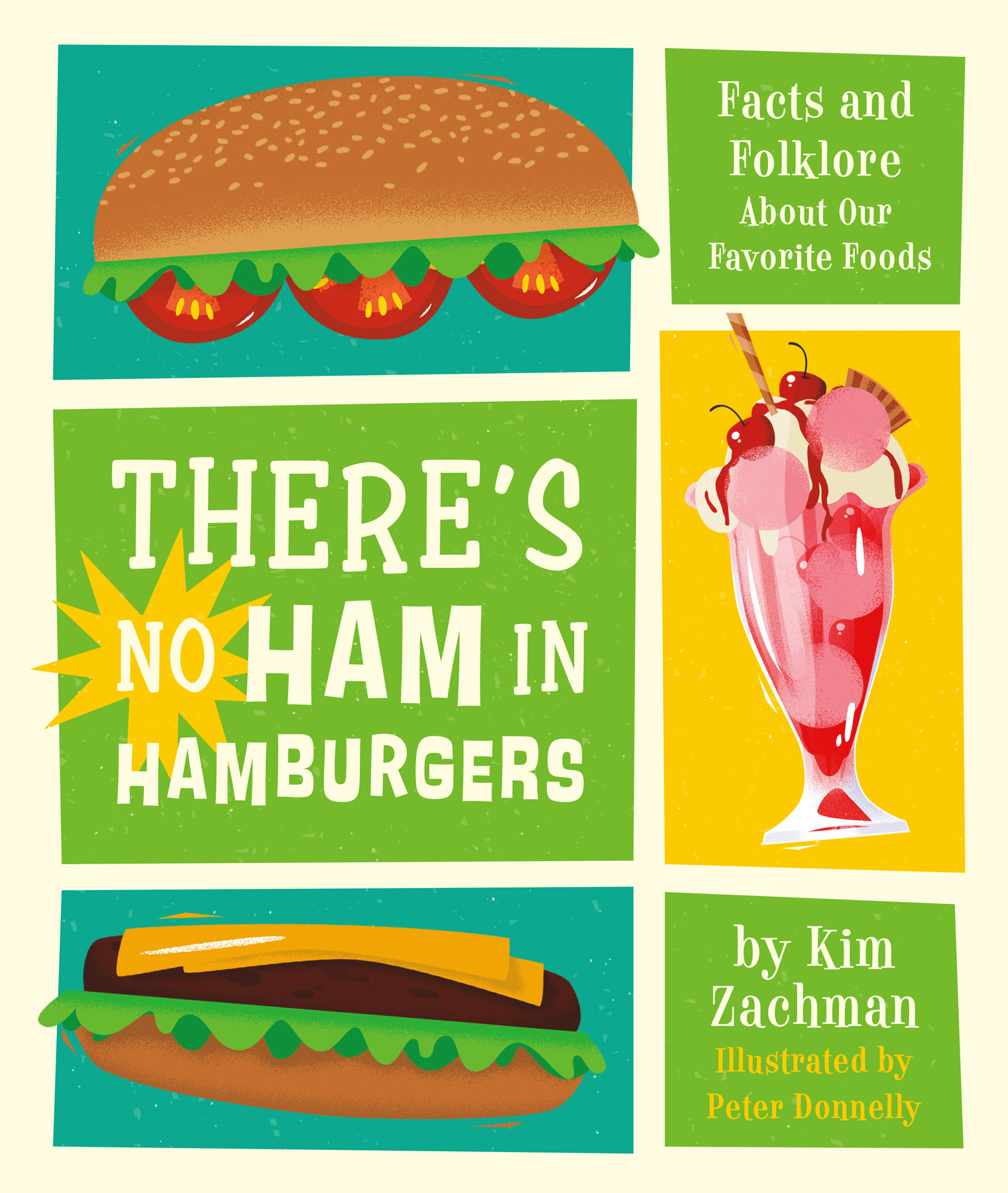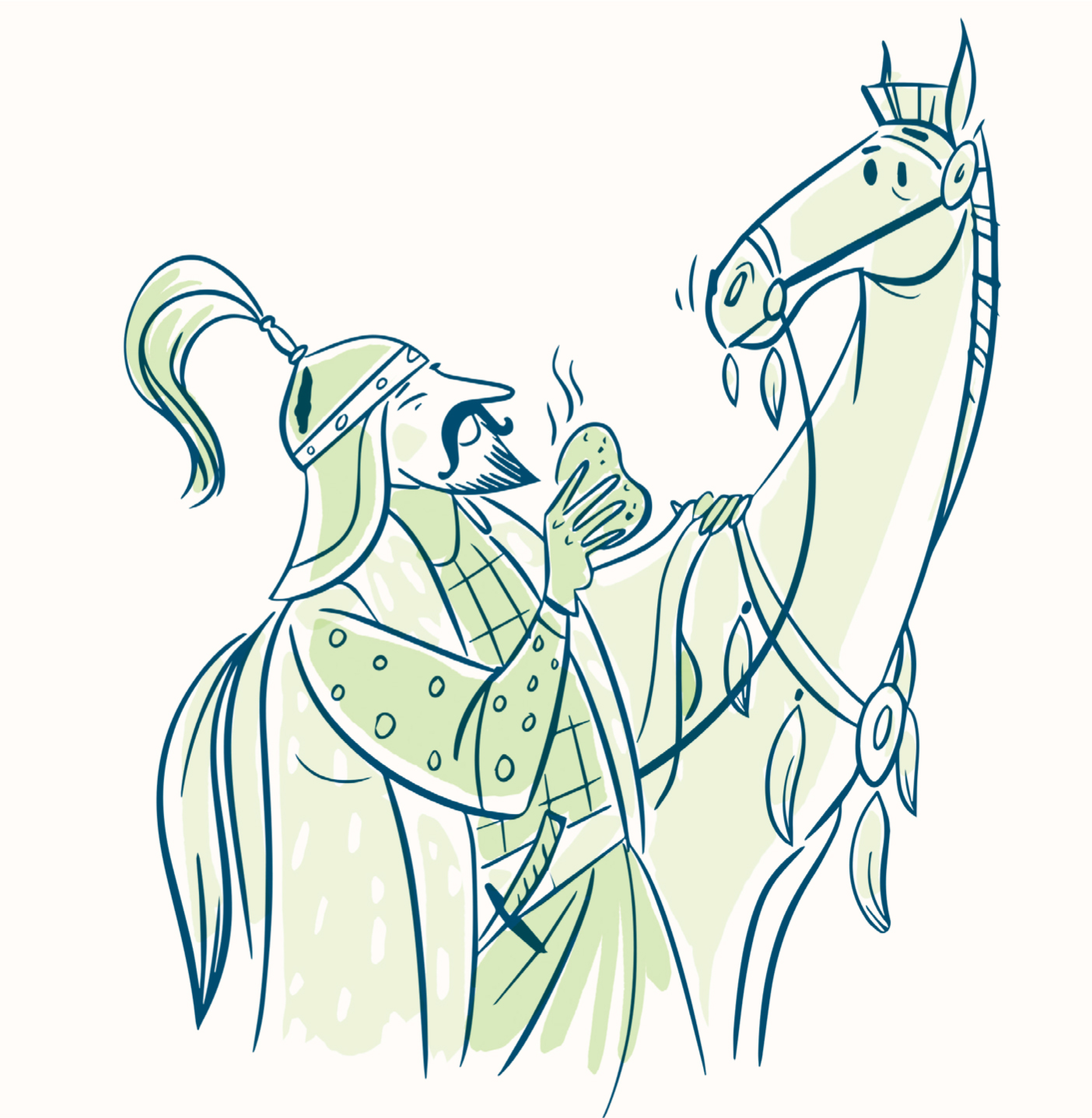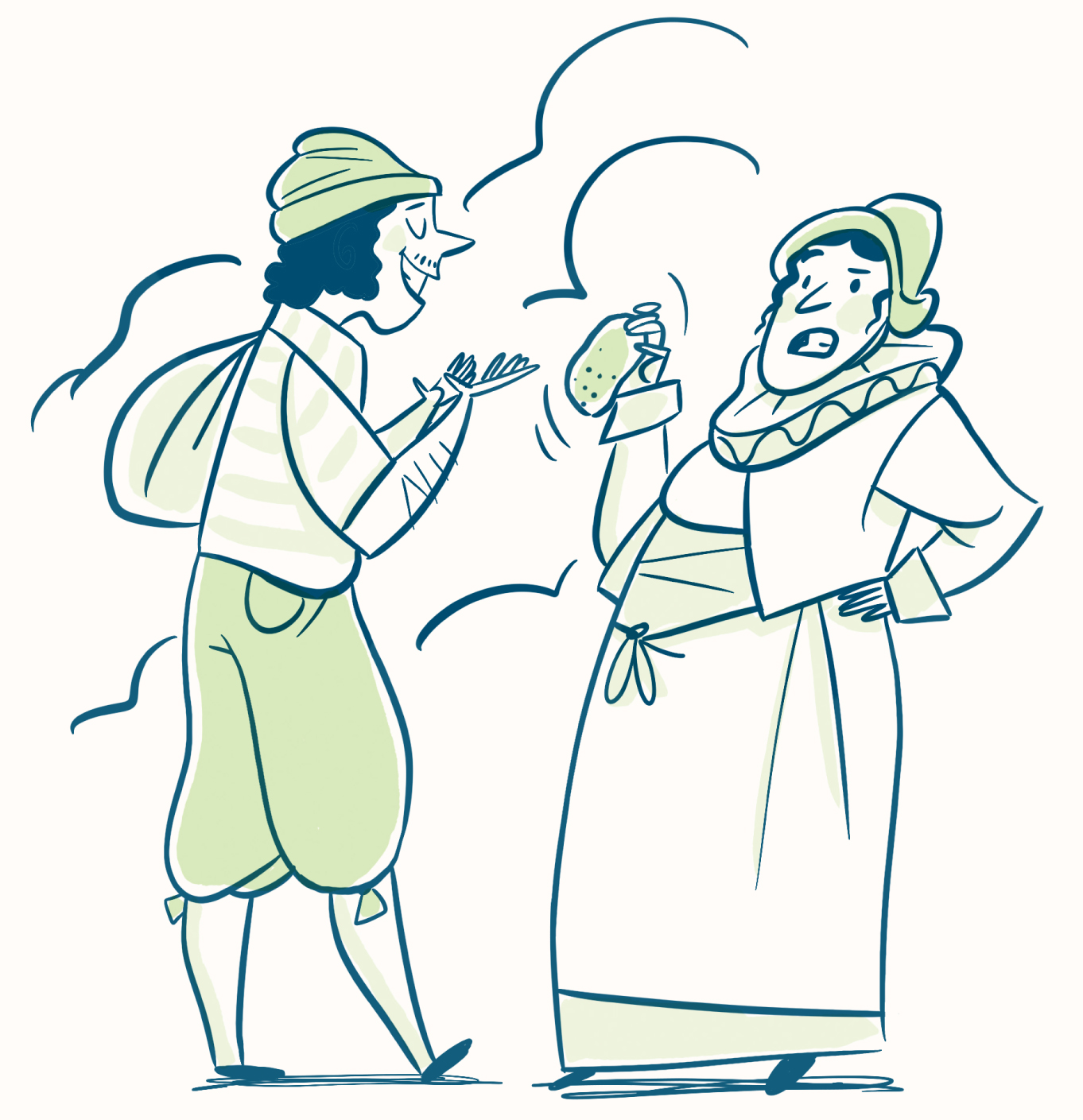Hamburgers. Why are they called hamburgers when theres no ham in them? I thought I could find the answer to that question with a quick internet search. But, that not-quick internet search eventually turned into this book.
As I clicked through websites looking for the origin of hamburgers, I saw stories about Mongolian emperors, German immigrants, and American entrepreneurs. Some of the stories were true; some were partly true; and some were pure legend. It seems that when the facts are few, folklore fills in.
Biting into the history of hamburgers gave me a taste of just how much America has been influenced by other cultures. Hamburgers and hot dogs came from Germany, pizza from Italy, and French fries from Belgium. Just kidding, they came from France (although Belgium would argue with that). Americas favorite foods are flavored by wars, religion, science, immigration, and innovation in very important ways. For example, the Kellogg brothers might not have invented breakfast cereals if they hadnt been Seventh-day Adventists.
While researching the facts and folklore throughout this book, I found it surprising that no one seemed to know for sure who was the first to make the hamburger, the hot dog bun, the ice cream cone, or even peanut butter. Although each food has multiple claims for the title of inventor, there are no clear winners. Could it be theyre all winners? There is a hypothesis that scientific discoveries and inventions can be made by different people in different places at about the same time. This is known as multiple independent discovery. Peanut butter gives us a perfect example when two men, living in different states and unknown to each other, filed patents for the hydrogenation of peanut butter only one month a part.
I hope you enjoy learning more about the history of our favorite foods in the following pages. I sure did.
W AY BEFORE MCDONALDS, WENDYS, AND BURGER KING, there was Genghis Khan. Besides conquering most of the Asian continent in the thirteenth century, this Mongolian emperor found a way to feed his troops that would eventually become known as Americas favorite fast food.
GENGHIS KHAN (11621227)
Considered by many as one of the great military geniuses, Genghis Khan is also thought of as one of the most ruthless. He and his fearsome cavalry slaughtered millions of people in Asia during their quest to create one of the largest empires in the history of humankind. At its peak, the Mongolian Empire was almost as big as the continent of Africa. An innovative emperor, Khan developed trade routes, encouraged religious freedom, and created the first international postal system.
Genghis Khans army, the Golden Horde, traveled by horseback from Mongolia to China on their raiding and ransacking excursions. Plundering and pillaging villages made them hungry. They didnt have time to cook dinner because they had a continent to cross. They needed a fast, filling meal that could be eaten on the ride.
According to legend, Khan came up with a brilliant, although disgusting, solution. His soldiers put raw meat scraps between their horse and saddle. The constant friction from hours of riding tenderized the meat enough for the soldiers to eat it. A warrior could be trotting across the tundra, reach under his saddle, and pull out his dinner. The grounded meat patty came with its own special saucehorse sweat.
Following in Genghis Khans hoofprints, his grandsonKublai Khaninvaded Moscow in 1238. The Russians werent happy about being attacked, but they thought the saddle patties were a good idea. To add more flavor, or maybe to cover up the horsey smell, the Russians topped their patties with chopped onions.
A few centuries later, in the 1500s, trade ships began crossing the Baltic Sea between Germany and Russia. The visiting German sailors ate the Russians raw meat patty and loved it. When the sailors got home, they tried to get their wives to make the Russian delicacy. The wives mustve thought raw meat was disgusting. Instead of eating it that way, they fried it.
Cooking the patties probably saved a lot of lives. Even though E. coli, and other bacteria, hadnt been discovered yet, it lurked in the uncooked meat, waiting to attack some poor persons intestines.
E. COLI
There are hundreds of varieties of the bacteria Escherichia coli. Billions of them live in our intestines, where they help our digestion and provide vitamin K.
Most E. coli are good for us, but E. coli 0157:H7 can kill you. It causes stomach cramps, vomiting, bloody diarrhea, fever, and, in some cases, kidney failure. The most common source of infection is undercooked ground beef. But dont freak out! The Food and Drug Administration (FDA) monitors beef production and has done so ever since the Meat Inspection Act of 1906.
We can thank the German pediatrician Theodor Escherich for discovering this group of bacteria. In 1885, Escherich wanted to find out why so many babies died from diarrhea. Scientists were just learning about bacteria at the time and Escherich suspected bacteria might be the cause of the infants illnesses.
He took samples from dirty diapers and looked at them under a microscope. All the poop he looked at had bacteria, even the poop from healthy babies. Escherich concluded that not all bacteria were bad for us.
For this important scientific discovery, and for digging through poop to find it, the bacteria were named after him.
The new and improved fried beef patty, topped with sauted onions, became a local favorite in Germany. At the time, Hamburg was the most important port city in the country. When sailors from other countries came ashore, they rushed to the nearest diner for a Hamburg steak.
In the 1800s, millions of Germans immigrated to the United States and they brought their Hamburg steak with them.


